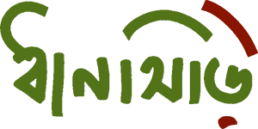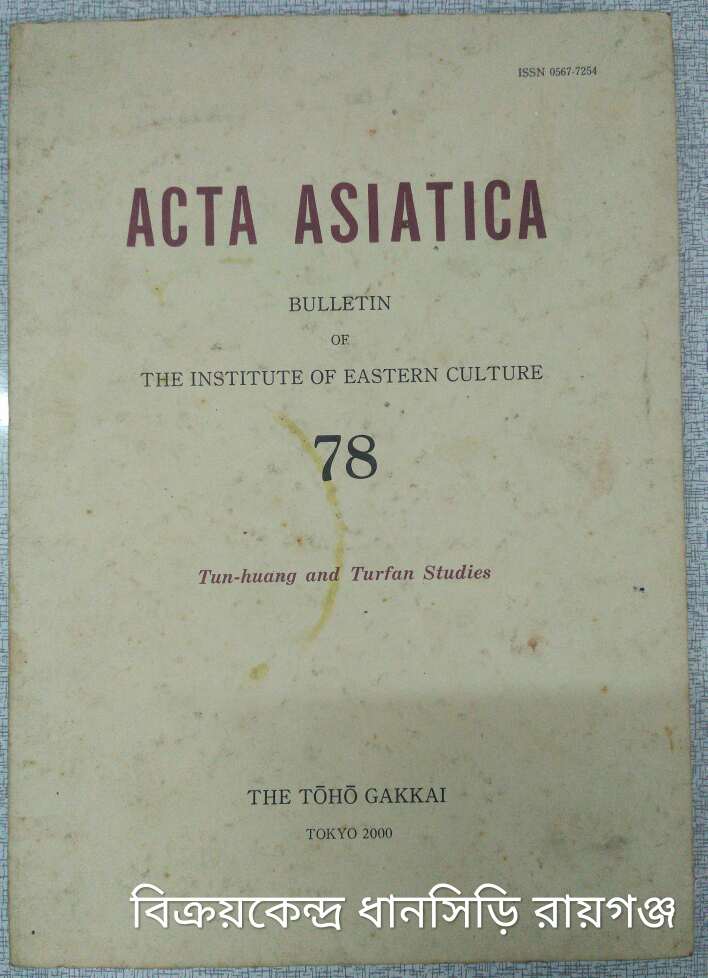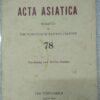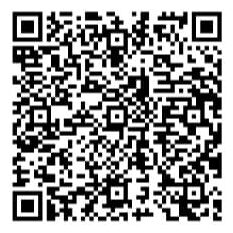The beginnings of the Mo-kao Grottoes (Mo-kao-k’u), or Grottoes of Unsurpassed Height, at Tun-huang go back to Cave 332. According to an inscription carved on a stone tablet, presently preserved at the Tun-huang Academy (Tun-huang Yen-chiu-yuanc),which records the restoration of a Buddha-niche in the Mo-kao Grottoes by Li Huai-jang in the first year of the Sheng-Ii era (698) during the reign of Empress Wu (Wu-hou) (“Wu-chou Sheng-Ii yuan-nien Li-chun ch’ung-hsiu Mo-kao-k’u fo-k’an pei”)in Chien-yuan 2 (366) of the Early Ch’in an itinerant monk by the name of Lo-tsun (or Yueh-tsun), having wandered through forests and across plains, reached these mountains, where he saw a golden light resembling a thousand Buddhas and hoIlowed out a cave. Later, the Ch’an master Fa-Iiang arrived here from the east and dug another cave next to that of Lo-tsun. This represented the start of the excavation of the Mo-kao Grottoes, and the origtns of the caves are attributed to these two monks.Similar accounts are to be found in the “Mo-kao-k’u chi”(Record of the Mo-kao Grottoes)inscribed on the north wall of the antechamber of Cave 156 from the late T’ang r and also in P. 3720, dating from Hsien-t’ung 6(865), according to which the monk Lo-tsun, travelling westwards, arrived here during the Chien-yuan era of the Ch’in, hollowed out a cave, and enshrined an image, and later Ch’an Master Fa-liang came from the west and dug another cave next to Lo-tsun’s. Again, the cave temples are said to originate with these two monks. In addition, according to the “Sha-chou t’u-ching”(P. 2691), “the caves began to be opened in Yung.ho 8, [corruponding to the cyclic year] kuei.ch’ou,and 596 years have passed until now in Ch’ien-yu Ct 2 of the Greater Han, [corresponding to the cyclic year]chi-yu.” The year “Yung-ho 8” would be Yung-ho 8 of the Eastern Chin(352), but the cyclic year kuei-ch’ou was Yung-ho 9 (353), which would in fact give 596 years to Ch’ien-yu 2 of the Later Han(949).More recently it has been suggested that the caves go back to Chien-yuan 2 of the Eastern Chin (344).But at any rate some time during the mid-fourth century first the monk Lo-tsun and then j the Ch’an master Fa-liang dug caves in the western cliffs of Mount Ming-sha where the Ta-ch’uan River flows north, and thereafter for almost one thousand years up until the Yuan dynasty large numbers or caves were opened here. In Sheng-li 1 (698) there are said to have been more than one thousand caves, while in Hsien-t’ung 6 (865) in the late T’ang there were over five hundred caves.Furthermore,according to one Tun-huang manuscripts said to date from either 951 or 1011 and now kept at the Tun-huan Academy, the total number of caves at the time was 675, and according to the Tun-huang Academy there are today 492 caves.




